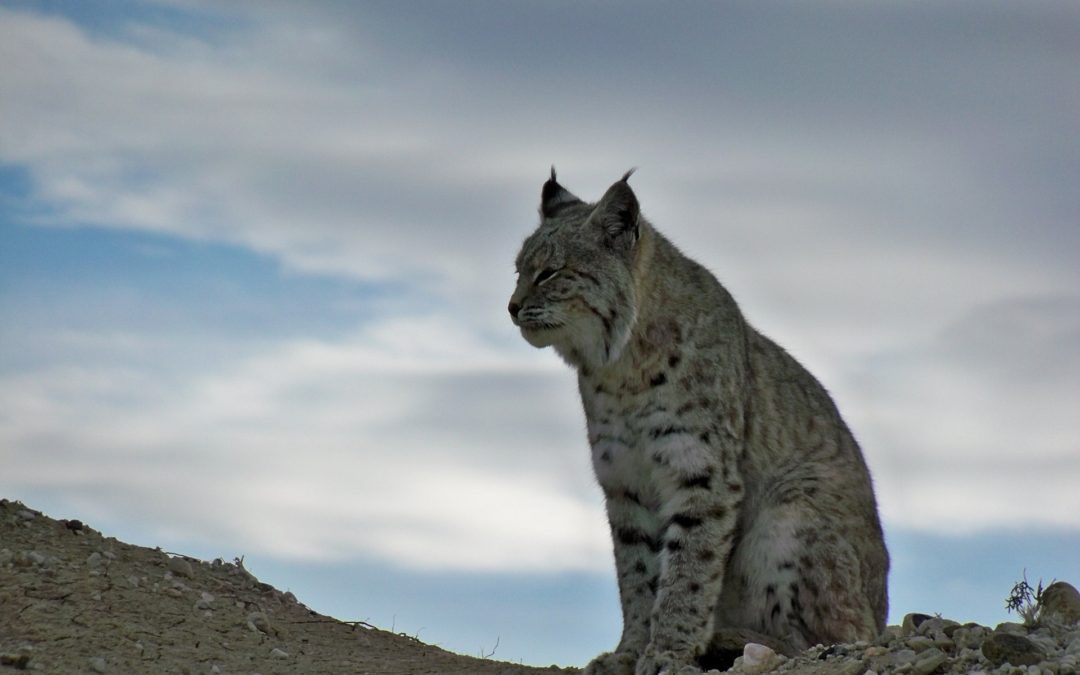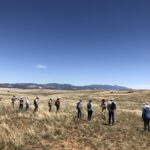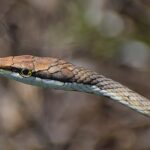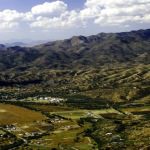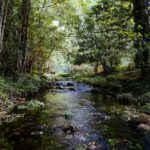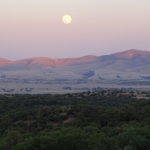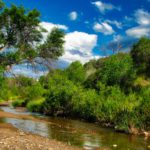We at Patagonia Area Resource Alliance are excited to share details on a new partnership with Tucson-based nonprofit Sky Island Alliance. The work being done in Sky Island Alliance’s “Wildlife at the Wall” study will capture real-time data of the species found in the Patagonia Mountains, the Huachuca Mountains, and the San Rafael Valley—data that is vitally important in helping oppose Trump’s border wall.
Over 50 cameras have been deployed for this project with more planned for the future. Three weeks in, over 30 species have been documented—including, Sky Island Alliance reports, “mountain lion, white-nosed coati, ringtail, bobcat, gray fox, javelina, kangaroo rat, whitetailed and mule deer, Montezuma quail, American kestrel, Northern harrier, Mexican jay, and red-tailed hawk.”
You can find the April 2 press release for this study, plus more details about their Border Wildlife Study, on the Sky Island Alliance website.
OR, just keep reading for more details on this critical project!
SKY ISLAND ALLIANCE PRESS RELEASE — APRIL 2, 2020
Conservation scientists launch binational effort to document wildlife in the path of Trump’s border wall.
New study fills gap left by waiver of environmental laws at the U.S.-Mexico border Tucson, AZ—Sky Island Alliance announced the launch today of an unprecedented study to document the diversity of wildlife threatened by the U.S.-Mexico border wall. The Trump Administration has waived dozens of laws to fast-track border wall construction, and is set to build 30-foot tall steel walls in sensitive wildlife areas without any meaningful environmental review or mitigation.
“With border wall already under construction in Southern Arizona, it’s a race against time to document wildlife living in unwalled stretches of the international border,” said Emily Burns, Ph.D., lead scientist on the project and Program Director at Sky Island Alliance. “We don’t even have a complete list of species that live in these beautiful grasslands and forests, so we can’t even begin to estimate the toll of border wall construction on the remarkable animals of this region.”
Sky Island Alliance is partnering with Mexican nonprofit Naturalia and U.S. nonprofit Patagonia Area Resource Alliance to contribute vital science to fill the monumental information gap created by the Trump administration’s refusal to follow environmental laws. The study detects data using wildlife camera array along 34 miles of the U.S.-Mexico border in Southern Arizona and Northern Sonora, Mexico.
Sky Island Alliance has already installed over 50 wildlife cameras across the Patagonia Mountains, San Rafael Valley, and Huachuca Mountains over the past few weeks, with more on the way. Capturing photos and video 24/7, the project will generate thousands of images weekly. Sky Island Alliance and partners plan to use this information to both document the incredible diversity of wildlife in this rugged and remote area—and advocate for the urgent protection of vital wildlife corridors in the face of border wall construction.
“The remarkable wildlife of the border region deserve a voice in the decisions being made in Washington D.C. that will damage their habitat and sever their migration corridors,” says Louise Misztal, Sky Island Alliance Executive Director. “We want to ensure the American public understands the enormous harm to wildlife and local communities from the border wall. We hope this study will catalyze efforts to protect our region.”
“For more than 15 years, our organization and Mexican environmental federal agencies have made extraordinary efforts to maintain the great biological corridors of the borderlands and to conserve priority species present on both sides of the border,” says Gerardo Carreón, Conservation Director of Naturalia, AC. “In Sonora and particularly in the Los Fresnos conservation area on the border, there are extensive areas of passage for wildlife through permeable fences that must remain so. In this region there are Mexican records of black bear, jaguar, cougar, bobcat, beaver, pronghorn, mule deer, white-tailed deer, javelina, and an enormous diversity of migratory birds such as the bald eagle, ducks, and grassland birds. We are happy to participate in this important border wildlife study.”
The study is already detecting a remarkable diversity of wildlife species – more than 27 species within just days of camera installation. Wildlife detected include: mountain lion, white-nosed coati, ringtail, bobcat, gray fox, javelina, kangaroo rat, whitetailed and mule deer, Montezuma quail, American kestrel, Northern harrier, Mexican jay, and red-tailed hawk.
“We’ve studied wildlife movement in the Sky Island region for decades and know that it can take two years to document a complete list of species in a given area,” Burns said. “To have detected so many species this quickly highlights the incredible diversity here and the critical need to protect the connected border landscapes that these iconic animals depend on.”
The U.S.-Mexico border region is a diverse mosaic of ecosystems from deserts to grasslands and oak forests—and home to more plant and animal species than anywhere else in inland North America. Border wall construction will stop many wildlife species in their tracks, preventing the recovery of iconic species such as jaguar, wolves, and ocelots in the U.S., and putting numerous species like pronghorn, black bears, pygmy owls, box turtles, and white-nosed coati at risk.
Despite calls to halt border wall construction to ensure community safety during the coronavirus pandemic, the Trump administration is continuing to advance more than 150 miles of new border walls in California, Arizona, New Mexico, and Texas, using more than $3.8 billion taken from Department of Defense projects. If completed, 30-foot tall border walls would block nearly the entire Southern Arizona border with Mexico and cut the Sky Island bioregion in two. Numerous parks, wilderness areas, wildlife refuges, national monuments, sacred Native American sites, and beloved cultural sites across the southern border region will also be harmed.

